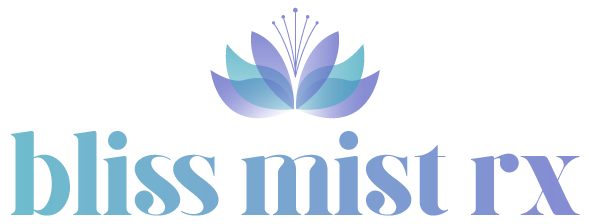
Was Ketamine Really Just a Horse Tranquilizer? The Truth About Its Prescription Ketamine
Share
One of the most common questions about ketamine therapy is: “Wasn’t ketamine used on horses?” The short answer is yes—but that’s only a fraction of the story. While ketamine has long been used as an anesthetic in veterinary medicine, it has also been a critical part of human healthcare for over 60 years.
From Battlefield to Breakthrough
First synthesized in 1963, ketamine quickly gained recognition as a safe and effective anesthetic. During the Vietnam War, it was used extensively to treat injured soldiers, providing pain relief without suppressing breathing—a crucial advantage in combat zones. Its success on the battlefield paved the way for its adoption in hospitals worldwide.
Over time, researchers discovered ketamine’s remarkable versatility. Beyond anesthesia, it has become a transformative tool in treating:
• Depression (especially treatment-resistant cases)
• PTSD
• Anxiety disorders
• Chronic pain
• Bipolar depression
• Substance use disorders
• Suicidal ideation
By targeting the brain’s glutamate system and enhancing neural plasticity, ketamine works differently from traditional antidepressants—often providing rapid relief within hours instead of weeks.
Why the “Horse Tranquilizer” Label is Misleading
The nickname comes from ketamine’s use in veterinary medicine, where large animals may receive thousands of milligrams for sedation. In contrast, patients receiving ketamine therapy for depression typically receive just 50–120 milligrams—nearly 100 times less than a horse.
Unfortunately, sensational headlines and recreational misuse have fueled misconceptions, overshadowing ketamine’s legitimate medical value. When prescribed by a medical doctor, ketamine is safe, carefully monitored, and life-changing for many patients.
Setting the Record Straight: Common Myths About Ketamine
• Myth: Ketamine is only for animals.
Fact: Ketamine has been FDA-approved as a human anesthetic for decades and is now a leading treatment for mental health.
• Myth: Patients receive “horse-sized” doses.
Fact: Medical doses for humans are tiny compared to veterinary use and are tailored for each patient’s safety.
• Myth: It’s just another recreational drug.
Fact: While ketamine can be misused, clinical use is safe, regulated, and profoundly different from street use.
• Myth: It has no insurance coverage.
Fact: Coverage varies, but some insurers now reimburse ketamine-assisted therapy, particularly for chronic pain.
Looking Ahead: The Future of Ketamine Therapy
Ongoing research continues to expand ketamine’s potential. Promising studies suggest benefits for:
• Brain injury recovery & neuroprotection
• Difficult-to-treat chronic pain conditions like fibromyalgia and CRPS
• Other psychiatric conditions including OCD and eating disorders
As evidence grows, ketamine is moving beyond stigma and becoming recognized as one of the most innovative treatments in modern psychiatry.
The Bottom Line
Yes, ketamine has been used on horses—but its story is far bigger than that. From saving soldiers in Vietnam to offering hope for those battling depression and PTSD, ketamine is much more than a “horse tranquilizer.” It is a groundbreaking medical treatment with the power to transform lives.
📩 Interested in learning more about ketamine-assisted psychotherapy? Contact us at Blissmistrx.com to explore if treatment is right for you.

